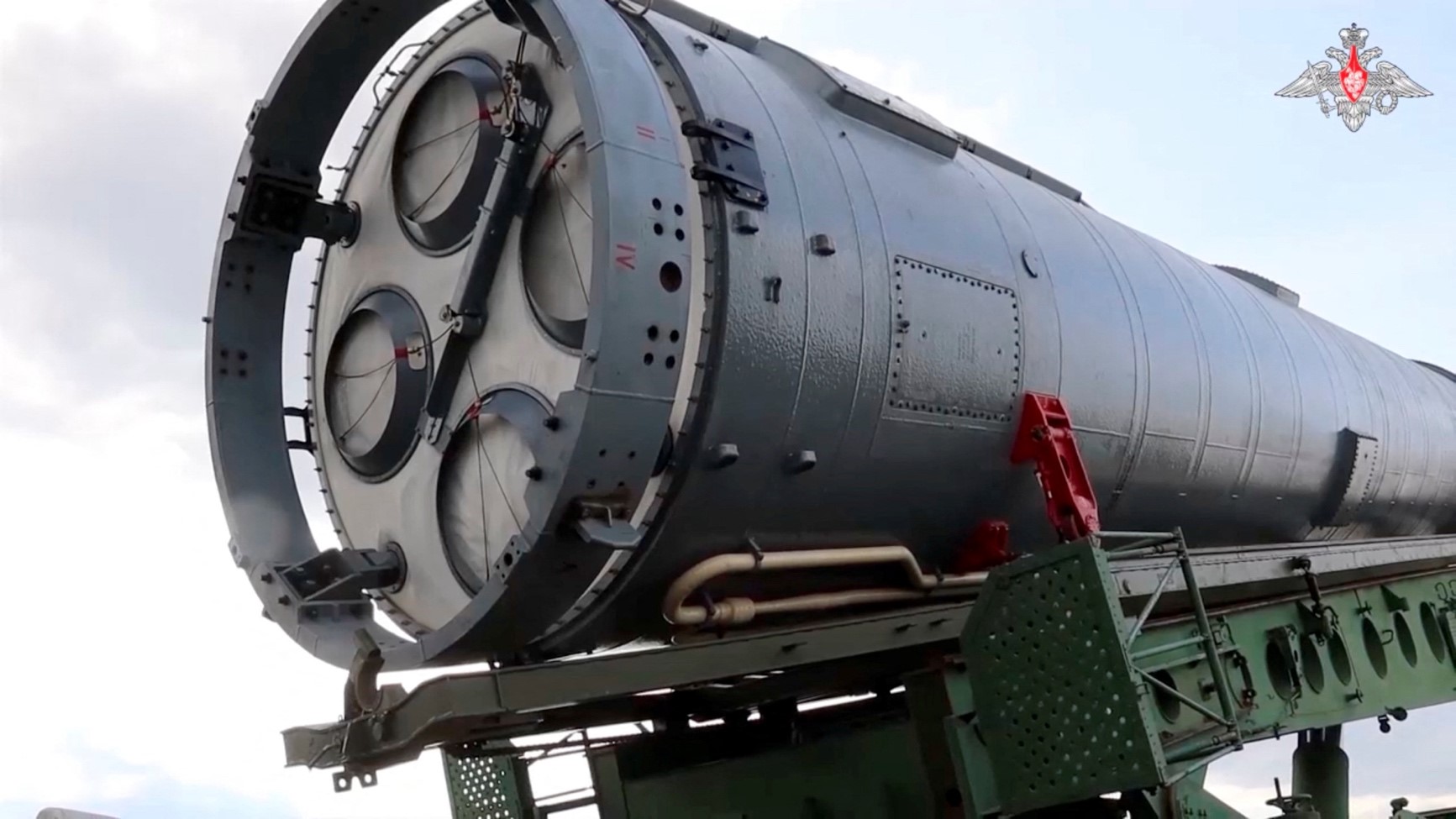Free Courses Sale ends Soon, Get It Now


Free Courses Sale ends Soon, Get It Now



Disclaimer: Copyright infringement not intended.
Context
Russia's rocket forces loaded an intercontinental ballistic missile equipped with the nuclear-capable "Avangard" hypersonic glide vehicle into a launch silo in southern Russia.
Details
Features
Avangard's Significance and Capabilities
International Context
Russia's Perspective
Introduction to HGVs
Features and Working Principle:
Development and Deployment:
Strategic Significance:
Applications and Use Cases:
Arms Race and International Concerns:
Conclusion
The loading of the Avangard-equipped missile signals Russia's commitment to enhancing its strategic capabilities, engaging in the ongoing geopolitical competition characterized by the development of sophisticated weaponry and the contest for global influence among major powers.
|
PRACTICE QUESTION Q. Discuss the strategic significance and challenges posed by Hypersonic Glide Vehicles (HGVs) in modern warfare. How do advancements in this technology impact global security dynamics? (250 Words) |
© 2024 iasgyan. All right reserved